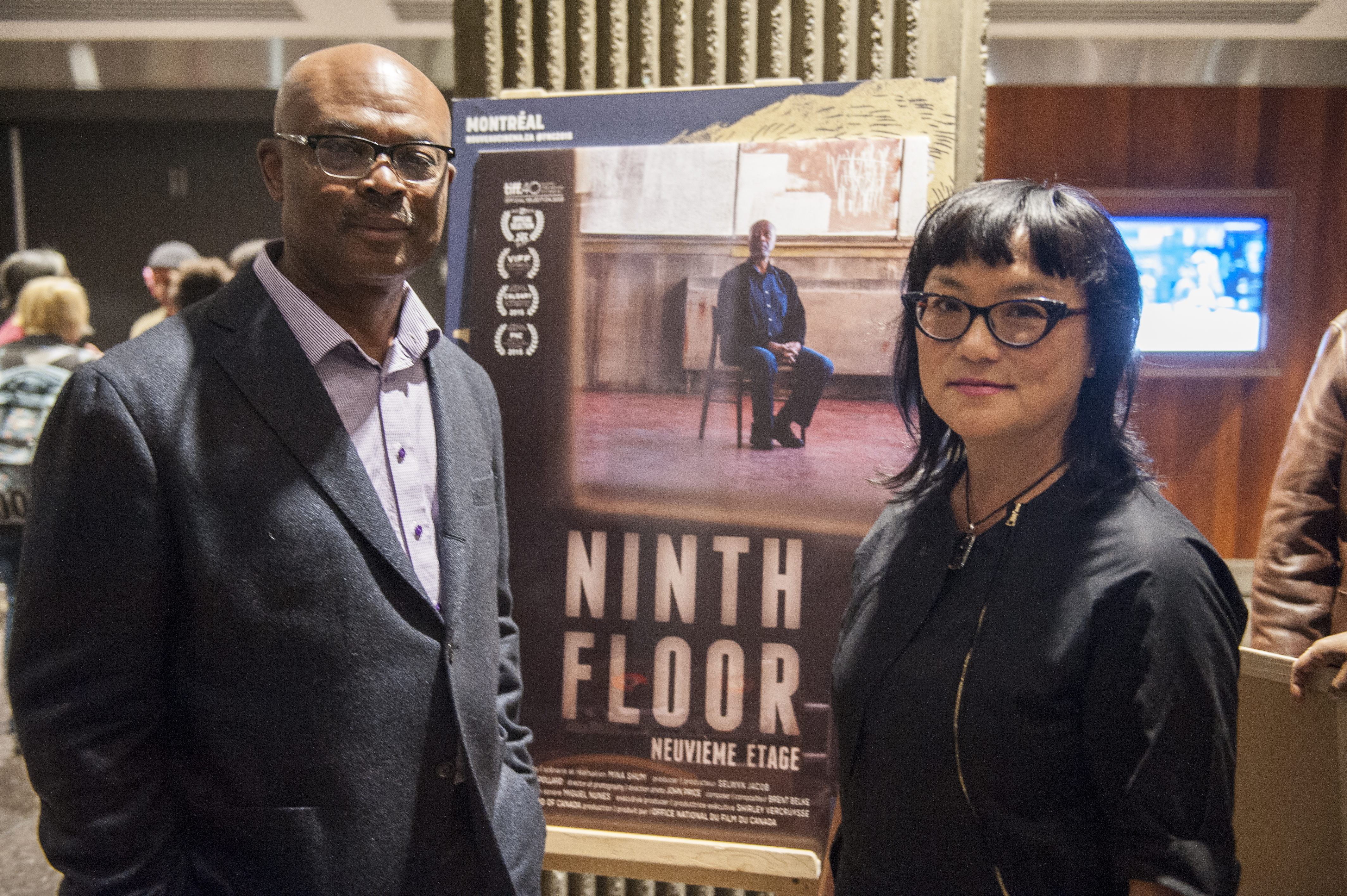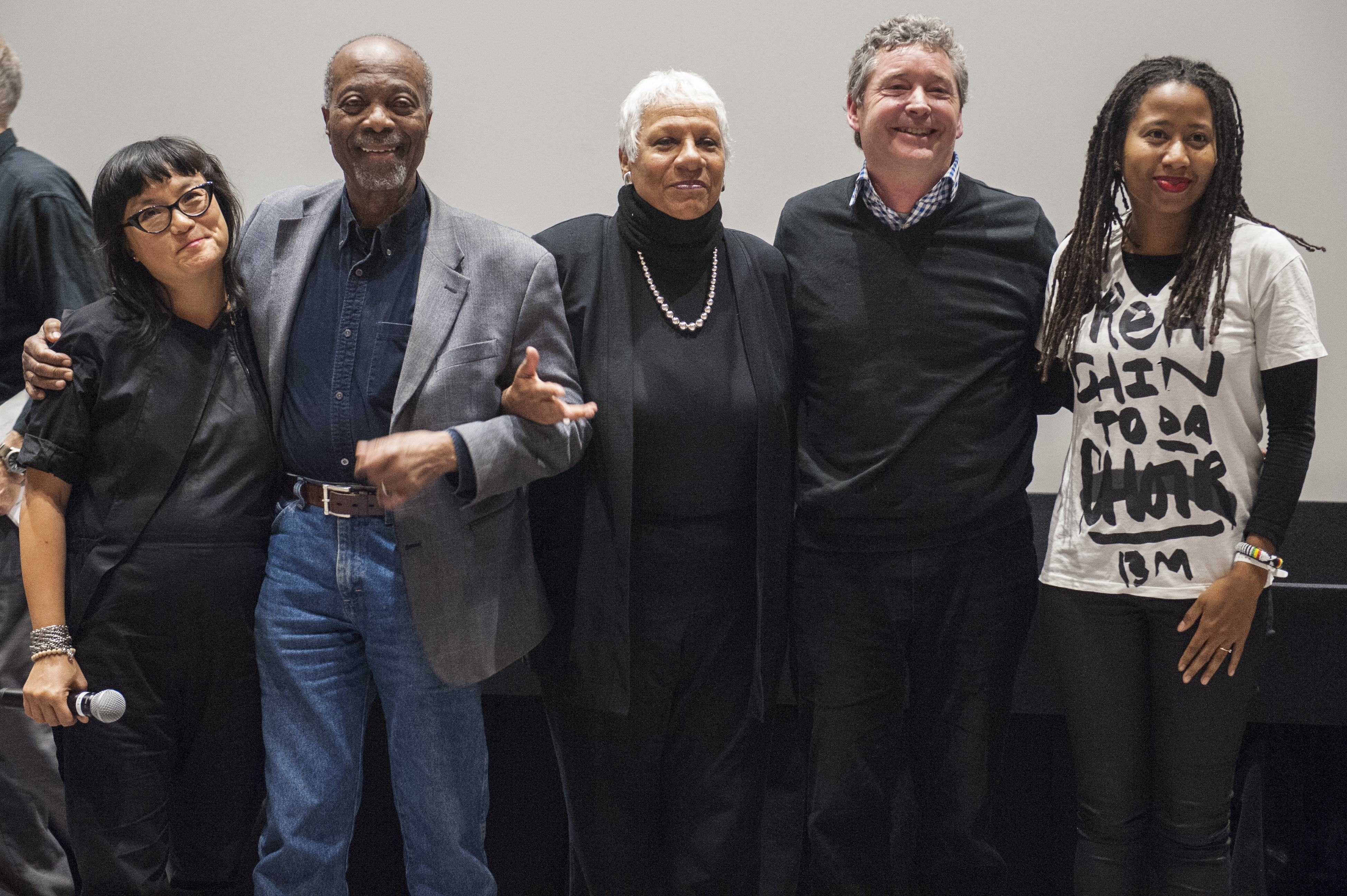An NFB-produced documentary puts the spotlight on Canada’s troubles with race
Say you find a time portal and end up in Montreal during the late ‘60s. You would likely be overwhelmed by the pizzazz, the optimism, the resourcefulness brought on by Expo 67, the legendary World’s Fair.

Dig a little under the surface, however, and, just like in a David Lynch film, you’ll find that a great darkness may be hiding behind idyllic appearances. In the context of Ninth Floor, a new documentary produced by the National Film Board, that darkness is xenophobia, the fear of people from other countries.
“If we walk into a room together, you might be afraid of me, and then that just mounts into what might become a fire in the end,” said director Mina Shum in an interview with The Concordian. It is that fear, coupled with a lack of dialogue, that resulted in an actual fire on the ninth floor of Concordia’s Hall building in 1969.

At the time, headlines such as “black students destroy computer lab,” could be read in major newspapers’ coverage of the incident, known as the “Sir George Williams affair”—hundreds of SGW students occupied Hall’s computer lab over a two-week period, which came to an end after the RCMP deployed its riot squad. Even Selwyn Jacob, who produced the documentary, acknowledges that he initially only judged the incident by the headlines, and felt the students were in the wrong.
It was the details of the case, many of which are included in Ninth Floor, that made the whole difference for Jacob—the students had occupied the computer lab in protest, after an allegation of racism made against a professor named Perry Anderson had, according to the documentary, not been dealt with by the school administration. As the film shows, the students had waited patiently to no avail. The students had a reason to mistrust authorities after their group had been infiltrated by a CIA-trained, RCMP-employed agent, who was attempting to incriminate students by making suggestions like bombing the school with dynamite. And the students, according to Jacob, are unlikely to have started the fire that destroyed the lab, an act which they are still blamed for to this day.
The event, which “might not have happened if [the students and the administration] had spent two weeks in a room together,” said Shum, resulted in 97 arrests—where, as told in David Austin’s Fear of a Black Nation, many students were brutally beaten and one died of her wounds, —a reported two million dollars in damages—although Jacob said that amount was vastly exaggerated by the media—and an indelible stain in Canada’s history.
Ninth Floor tells this story by combining interviews with surviving key participants of the protests, several of whom went on to become politicians, with footage obtained from the Concordia University Archives, but also newspaper articles of that time along with recent footage made by Shum to illustrate the mood of the film, such as songs and historical reconstructions.
There are two equally striking and surreal moments in the film, both shown and recounted by participants at the same time. The first is of occupiers of the lab throwing computer cards from the ninth-floor windows in a desperate bid for attention, the white papers falling all across Mackay Street like an early snow. The second is of a mob on the same street chanting “Let the niggers burn,” in both English and French while the computer lab is on fire, dark clouds of smoke coming through the windows.
“Why did I not know this story?” lamented Shum. “It’s crazy! Why was I not taught this in school?”
“You would never have heard of it because it is not part of your narrative, but it’s a part of my narrative,” answered Jacob. Jacob, who, like several of the protesters was born in Trinidad, said the riot is one of the stories that inspired him to get into filmmaking in the first place and that he had been waiting for 45 years to make it into a feature film.
The film was made in a spirit of reconciliation, and, commendably, avoids any form of vilification. A parallel is drawn between the son of accused professor Perry Anderson, who gets to speak out, and the daughter of Kennedy Frederick, one of the main protesters. Both were affected in a similar way, with their respective fathers still suffering from stress and depression caused by the events.
Anderson’s son, Duff Anderson, and Frederick’s daughter, Nantali Indongo, as well as several of the former students featured in the documentary, including Senator Anne Cools, were present at a screening of Ninth Floor on Oct. 9 at Concordia’s Hall Theatre—the very room in which the occupation of the computer lab was voted over 45 years ago.
In our interview, while describing her approach, Shum mentioned a self-defense tactic that involves looking your attacker in the eye, so that they see you as a human being. “No one was willing to look the students in the eye,” said Shum.
According to Shum, while the events didn’t lead to immediate change, “at least the question of race was suddenly on the table, [whereas] before everyone thought we were an ‘Expo 67 land’, where it was all good.” While it would be a mistake not to acknowledge the progress that Canada has made since then, Jacob remarked that the police, who were quick to resort to violence during the ’69 riots, have not had a change of mentality. Police officers who were active at the time were interviewed for the documentary, but the footage didn’t make it into the final cut. As Shum explained, “Some of the police still seem quite racist to me. It was very deliberate not to have them look worse than they [already] do.”
Shum said she worries that, by not talking about such events enough in the last 45 years, we might have become complacent, and she made the film to encourage people to keep on improving themselves. In our day and age, such improvements would involve, for example, not politicizing the prejudices many may hold against the Muslim community, Shum said.
As a final statement, Shum calls for an open dialogue instead of politeness and political correctness. “Let’s not be nice, let’s actually get into it so that we don’t end up killing each other with our niceness,” she said.



